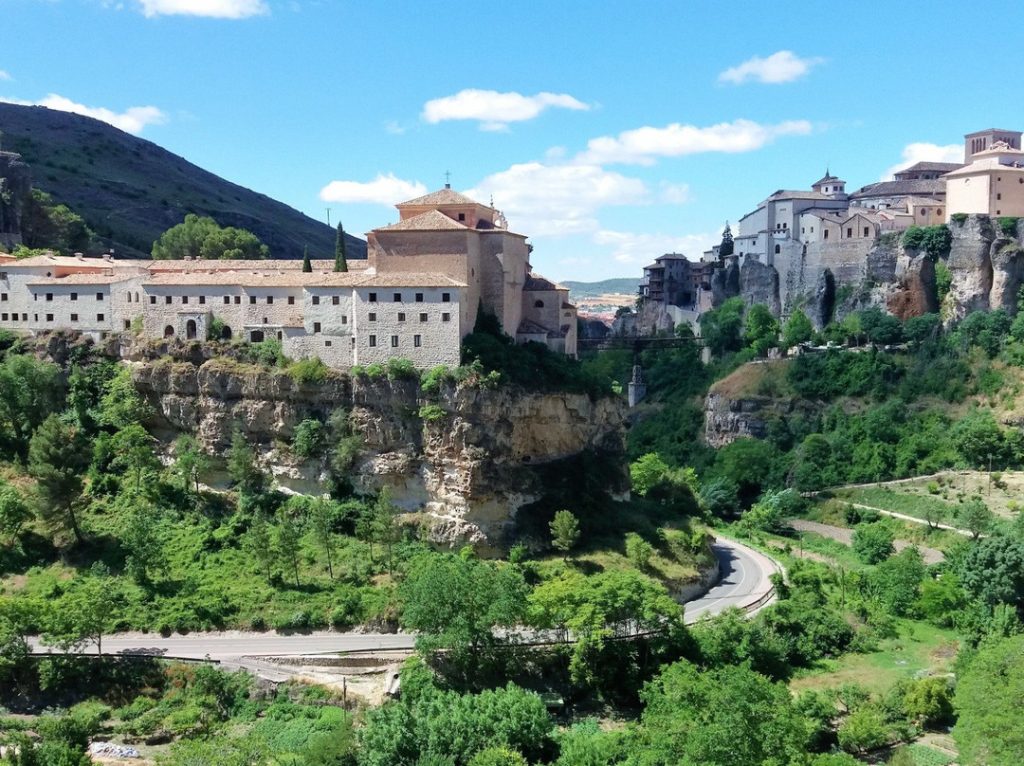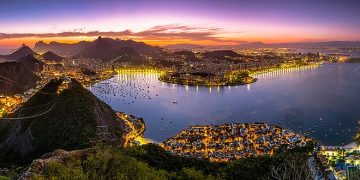Andean Nostalgia:
Straw-Hatted Locals and the Timeless Streets of Cuenca
Nestled in the Andean valleys of South America, the ancient city of Cuenca where four rivers interlace amidst soaring mountains, is a green tapestry speckled with terracotta-tiled homes. Despite its proximity to the equator, perpetual spring graces Cuenca, a privilege bequeathed by its formidable altitude above 2500 meters. Standing as a silent witness to Ecuador’s yesteryears, Cuenca endears itself to visitors as a classical beauty, narrating tales of former splendor and present tranquility with elegant poise.
Echoes of the Incas:
Tombebamba: The Incan Stronghold
Cuenca’s tapestry stretches back to the pre-Columbian era, initially home to the Canari tribe among other indigenous Andean groups, who regarded it as Guapondeleg – “as wide as the heavens”. With the fertile trinity of benign climate, rich soil, and abundant water, they cultivated crops like potatoes, melloco, and quinoa, and reared animals such as guinea pigs and llamas with astute acumen.
The Inca’s imperial march in the late fifteenth and early sixteenth centuries enveloped the region, renaming the city Tombebamba and leaving an indelible mark on local culture and social structure. Although they introduced their religion, language, construction techniques, and road systems, they wisely preserved the Canari’s astronomical and agricultural feats.
During Inca reign, Tombebamba became a nexus for communication and exchange, lacking horses or oxen, roads thrummed with messengers and porters on foot. Yet, by the Spaniards’ advent, all that remained were ruins, a stark contrast to local lore of grandeur. Historical conjecture still puzzles over Tombebamba’s decline.
By 1557, the Spaniards thrust deep into the Andean valleys, founding Cuenca atop Tombebamba’s remains, named affectionately after a town in their homeland.
Urban Chronicles:
The City of Grids
For centuries, construction in Cuenca has adhered strictly to the rectilinear urban planning championed by the Spanish monarchy. This checkerboard township made efficient use of space with streets laid out in orderly clarity – an arrangement that caters to ease of navigation and civic management. Today, the historical core still boasts its inaugural cityscape and colonial Spanish architecture, securing its UNESCO World Heritage accolade in 1999.

Taking an impromptu “city walk” along Cuenca’s verdant streets is a youthful, immersive way to traverse the city’s old-world charm. One’s every step reverberates with the history etched into cobblestones, while stoic Western edifices divulge their elegance – beckoning onlookers to savor the legacy and romance embedded within.
A flash of vibrant red marks the Azuay Province Courthouse, a luminary highlight on our promenade, its vast transparent dome a conduit for sunlight to kins in silent reverence. Northwards, the solemn silhouette of the Municipal Palace presents not only narratives of Cuenca’s denizens within its galleries but also serves as a continuum linking bygone epochs to the impending future.
In the splendor of Calderon Park, the meticulous arrangement of flower beds and verdant canopies surrounding crystalline fountains bloom into a tableau of vivacity. The statue of Abdon Calderon stands within, immortalizing the hero of Ecuador’s struggle for independence and enjoining posterity to honor their historical legacy.
Venturing westward from Calderon Park welcomes the gaze to Cuenca’s signature landmark – the New Cathedral. Constructed beginning in 1885 and achieving completion nearly a century later in 1975, despite a design miscalculation that necessitated the bell towers be halved in height, its charm and significance remain undiminished. Its blue and white domes exude a refreshing elegance.
Leaving a Piece of History Behind:
The Esteemed Panama Hat
Just a stone’s throw from Cuenca, South America’s Andean valleys cradle more hidden marvels. Ingapirca, two hours away, is among Ecuador’s most awe-inspiring Incan relics. Here, the blended architectural styles bear testimony to Canari and Incan cultural syntheses.
The Temple of the Sun at Ingapirca, a monolith amidst the vestiges of time, not only symbolizes the Incans’ veneration for the celestial and their proclaimed divine lineage but also the apex of Incan architectural artistry. This temple, commissioned by the ninth Incan Emperor, doubles as a hallowed site for religious ceremonies and an observatory.
Its elliptical structure—a rarity in Incan masonry—aligns with the Canari’s lunar venerations, while its 28 carved niches ingeniously mirror the Incan lunar calendar, keenly guiding agriculture with the moon’s phases. Inca’s famed trapezoidal doorways and mortarless stonework achieve precision that defies the ages.
For nature and ecology enthusiasts, the adjacent Cajas National Park emerges as an obligatory exploration. Originating from glacial mountaintops, the Tomebamba River and its tributaries converge here, birthing over 200 highland lakes. Cajas is a sanctuary for flora and over a hundred avian species, presenting a theatre of spectacular natural beauty and rich biodiversity for relaxation and adventurous activities alike.
Before parting with Cuenca, consider acquiring a Panama hat – ironically of Ecuadorian provenance, and for which Cuenca is famed. Fashioned from natural materials, these hats fuse lightweight comfort with style, a timeless memento for globetrotters.





















